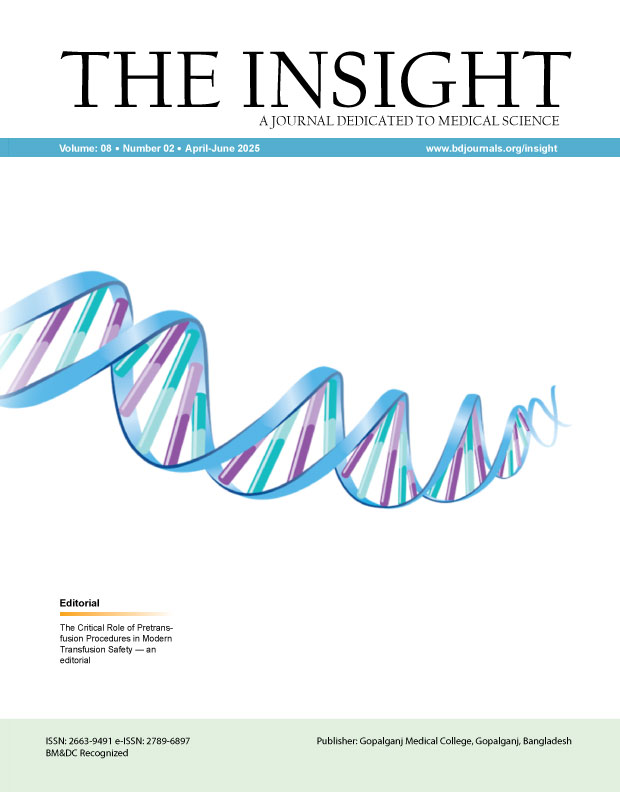Abstract
Background: Labour pain is one of the most severe forms of pain experienced by women. Analgesia during labour is a crucial component of modern obstetric practice. Epidural labour analgesia is considered the gold standard, but newer methods such as programmed labour analgesia (PLA) are increasingly being explored for efficacy, maternal satisfaction, and neonatal outcomes.Objective: To compare the efficacy, maternal satisfaction, and obstetric/neonatal outcomes of epidural labour analgesia versus programmed labour analgesia in controlling labour pain. Methods & Materials: This prospective comparative study was conducted on 60 parturients admitted for vaginal delivery. Thirty women received epidural analgesia (Group A), while thirty received programmed labour analgesia (Group B). Pain relief was assessed using a Visual Analogue Scale (VAS). Maternal hemodynamic parameters, labour duration, mode of delivery, maternal side effects, neonatal outcomes (APGAR score), and overall maternal satisfaction were recorded and compared. Results: Both groups demonstrated significant reduction in VAS scores after initiation of analgesia. Group A (epidural) achieved superior pain relief with mean VAS scores consistently <3 during active labour, while Group B (PLA) showed moderate pain relief with mean VAS scores around 4–5. Duration of first stage of labour was slightly prolonged in the epidural group compared to PLA. Maternal hypotension occurred more frequently in the epidural group (20%) versus PLA (6.6%). No significant differences were observed in APGAR scores between groups. Maternal satisfaction was high in both groups, but significantly greater in the epidural group (p<0.05). Conclusion: Both epidural labour analgesia and programmed labour analgesia are effective in controlling labour pain, but epidural analgesia provides superior pain relief and higher maternal satisfaction at the expense of slightly prolonged labour and increased maternal hypotension. Programmed labour analgesia may be considered as a safe alternative where epidural services are limited.

This work is licensed under a Creative Commons Attribution 4.0 International License.
Copyright (c) 2025 The Insight





 PDF
PDF